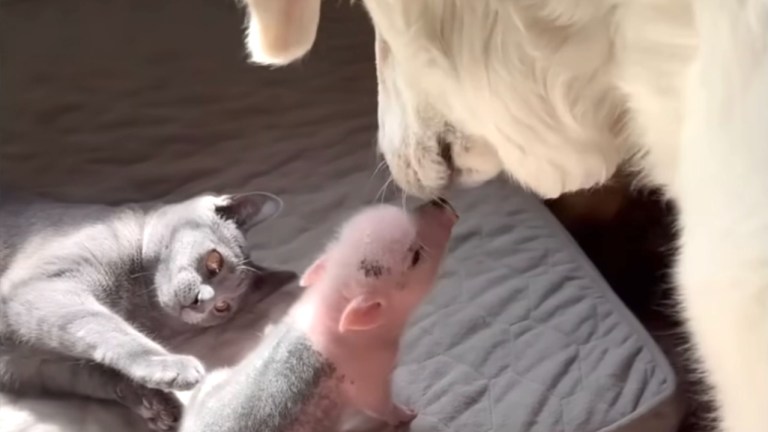Why Calico Cats Are Predominantly Female

Today I Found Out host Simon Whistler explains the physiological reason why calico and tortoiseshell cats are predominantly female. Their distinct markings are due to their very specific chromosomal makeup.
In the case of calico cats, the same process occurs. However, the offspring receives the chromosome for, for instance, black fur from one parent and orange fur from the other. One cell inactivates the chromosome for black fur resulting in orange fur. Other cells use the chromosome for black fur instead. In both cases, these cells are replicated and the inactivated chromosome will always stay inactive. Those two colors then combine on the cat’s fur to create the orange and black patches of fur. If the cat only has these two colors, it is known as a tortoiseshell cat.
The difference between tortoiseshell cats and calicos is minimal. The calico possesses a white spotting gene that the tortie does not.
The tri-color, calico (or often called “tortoiseshell-and-white” outside of North America), with the presence of white fur, happens due to a gene unrelated to the X and Y chromosomes. This results in piebalding, where skin and fur that would normally be pigmented lacks pigmentation, resulting in a white color.






